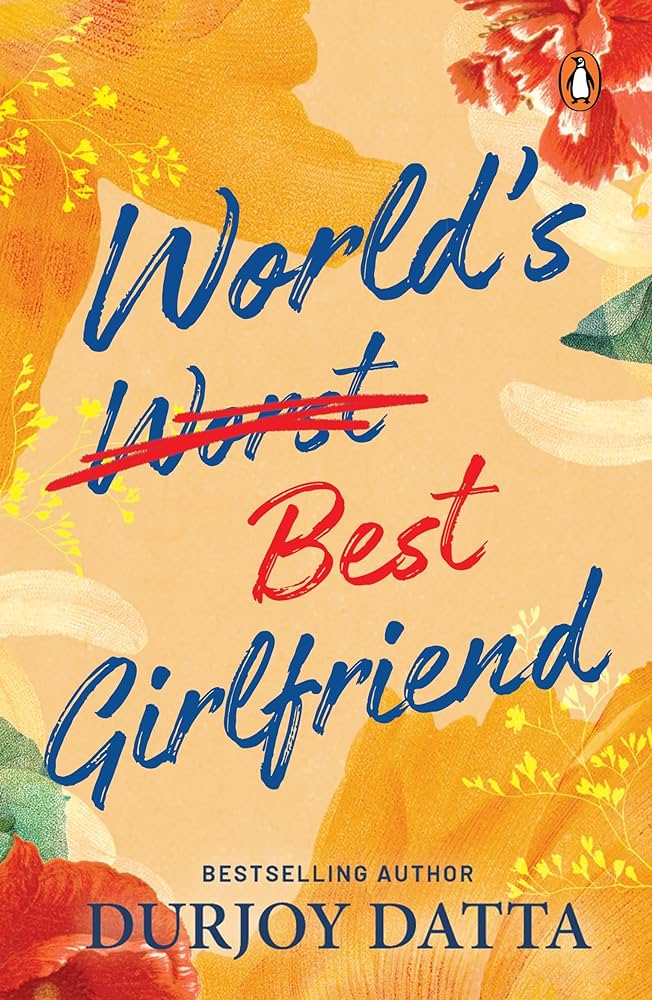Blurb:
‘When he turns, I see his eyes. There’s a sense of surety in them, a sense of danger, a sense of entitlement and definitely, arrogance.’
Daksh and Aanchal meet under improbable circumstances in the most unlikely of places-a posh resort in the Andamans. While Aanchal is fighting hard to escape the shackles of a lower middle-class existence, Daksh is aimless and unsure of what his future holds. Strangely, they are drawn to each other.
‘My gaze drifts to her exposed back, and the tiny knot that secures her shimmering choli in place. Emotions of anger mix with a strange desire in me.’
Four years later, when they meet again, Daksh’s world has crumbled around him. The burden of caring for his sick father and six-year-old sister has left him with little time for anything else. Yet, despite their diverging paths, Daksh and Aanchal find themselves reconnecting in unexpected ways. Their mutual attraction deepens.
Till now, fate has been pushing them together, but what will happen when they decide to take matters into their own hands? Will life be as they’ve imagined, or will destiny take even that away from them?
My Review:
Durjoy Datta’s “World’s (Worst) Best Girlfriend” takes readers on an emotional rollercoaster through the complexities of modern relationships. While the book offers an intriguing perspective on the struggles of toxic relationships, it does have its share of shortcomings.
One aspect I found challenging was the use of irrelevant comparisons and cliché statements throughout the narrative. For instance, comparing boys playing FIFA to the Pandavas gambling with Draupadi’s fate felt insensitive.
Another point of contention was the unrealistic conversation between the mother and son about his girlfriend’s physical attributes, which occurred on page 25. While it may have aimed to address the topic of open communication about relationships with parents, it came across as forced and out of place.
The book explores the struggles of getting into prestigious colleges like SRCC and the relationship challenges that accompany academic pursuits. It underscores the desire of people wanting to excel but being held back by their toxic partners. Toxicity comes in the form of gaslighting, abusive language, and plain blackmail.
A funny observation I made was the author’s correlation of correct English in text messages as a measure of the person being a good partner. Although I myself am a huge use-correct-English-on-text person, not doing so doesn’t make the person bad in itself.
One of the strengths of this novel is its departure from the typical love story formula of a happy ending together for the two protagonists. This unexpected twist was refreshing and provided a unique perspective on relationships. However, the announcement of Part 2 leaves readers curious about the direction the story will take.
Throughout the book, the relationships portrayed are consistently toxic, leaving the impression that there are no truly healthy connections in Aanchal’s life. This may be a reflection of the author’s intention to emphasize the impact of toxic relationships on life choices, but it would have been more balanced if at least one relationship had met the expectations set by the book.
Aanchal’s character is considered selfish and self-centred by the other characters, and her actions often raise questions about her choices and motivations. Daksh and Aanchal’s compatibility also comes under scrutiny, as their differing views on family and children make them seem incompatible.
The title “World’s (Worst) Best Girlfriend” feels somewhat inappropriate. Aanchal has been gaslit to believe that she is the “worst girlfriend”. And, in the entirety of the novel, we don’t see her “best girlfriend” phase either. The title couldn’t have been World’s (Worst) Best Boyfriend either, because like Aanchal, although Daksh hasn’t been the worst boyfriend, his best boyfriend phase hasn’t been brought to the limelight.
One notable feature of “World’s (Worst) Best Girlfriend” is Durjoy Datta’s writing style. The book is crafted with a fluid narrative of two protagonists that makes it remarkably easy to read. The abusive language though is something I don’t appreciate in the books I read, and this one has a lot of it. The author’s concise chapters keep the reader engaged, and I found myself immersed in the story, finishing the book in less than five hours. This accessibility and readability positively contribute to the overall reading experience, making it a book that can be enjoyed in a single sitting.
In conclusion, “World’s (Worst) Best Girlfriend” by Durjoy Datta offers a unique take on modern relationships and toxic dynamics. While it attempts to shed light on the impact of such relationships, it leaves readers longing for at least one positive and healthy connection in Aanchal’s life. Nonetheless, the cliffhanger in the ending adds a layer of intrigue, leaving readers eager to see what Part 2 has in store for Aanchal.

